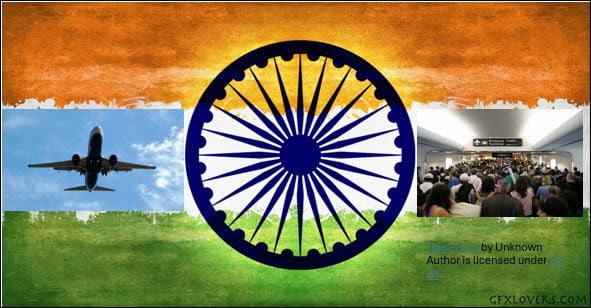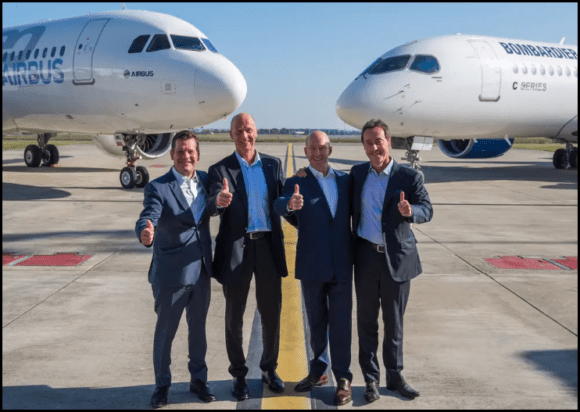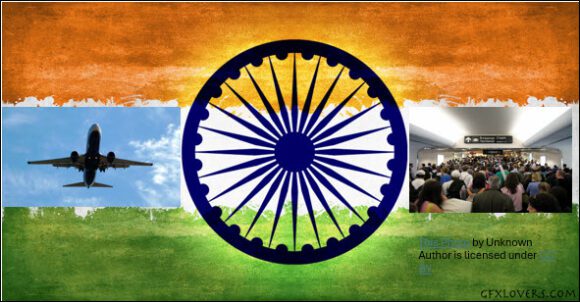
Indian aviation
At first glance, Air India dropping its Washington service and IndiGo preparing to return to China may look like fallout from U.S. President Donald Trump’s sudden turn against India. Geopolitics is certainly in play, but these shifts also reflect the very different realities Indian airlines face right now.
From September, Air India will suspend its Delhi–Washington nonstop. The bigger reason lies in a $400 million retrofit program for its long-haul legacy fleet. Its first 787 (VT-ANT) flew to Boeing’s Victorville facility in July, with another due in October. Both are expected back in December, and over the next two years, 26 Dreamliners will be refitted by the end of next year.
The airline’s 19 Boeing 777-300ERs — originally set for a 2024 refresh — will now only be completed between 2028 after repeated supply-chain delays. With one 787 already lost in the Ahmedabad crash, Air India’s long-haul fleet is stretched thin. The first new aircraft from its expanded 570-plane orderbook — a Boeing 787 — will not arrive until December 2025, followed by an Airbus A350 in the third quarter of 2026. Until then, rapid expansion, like the Air India group has seen over the past two years, is largely off the table.
It’s also possible the Washington flight wasn’t performing as hoped, especially after Pakistan’s continued airspace ban forced longer routings and higher costs. Still, Air India has not touched its other U.S. and Canada routes, which are also known to be heavily dominated by the Indian diaspora. Flights to New York, Newark, Chicago, San Francisco, Toronto, and Vancouver remain intact, supported by partnerships with Alaska Airlines, United Airlines, and Delta.
The China twist, however, is more nuanced.
Even though work to revive flights to China has been on for months, New Delhi has indeed asked airlines in recent weeks to be ready to mount services at short notice, with flights expected as early as September, Bloomberg reported. An announcement could even coincide with the Shanghai Cooperation Organisation (SCO) summit at the end of August. There is hectic diplomatic activity already. Chinese Foreign Minister Wang Yi arrives in Delhi this week for talks with National Security Advisor Ajit Doval, before calling on Prime Minister Modi. Modi himself is set to travel to China later this month, where he will meet Xi Jinping and Russia’s Vladimir Putin.
Direct India–China flights have been suspended since early 2020, first due to Covid and later the deep freeze in ties after the Galwan clash, which saw the first Himalayan border fatalities in decades. The political mood is now shifting, and airlines are positioning themselves.
IndiGo, with its predominantly narrowbody fleet, is preparing to move quickly. “The airline stands ready to resume these services as soon as bilateral arrangements between the two countries allow,” CEO Pieter Elbers said last week.
To be sure, the push to restore flights is not just political but economic and operational. Bilateral trade between India and China stands at around $127 billion a year, and with Pakistan’s airspace still closed, carriers see stronger opportunities looking east, particularly from Delhi. Many Chinese cities — from the commercial hub of Guangzhou to Chengdu, famed for its giant pandas — lie within the range of the narrowbody aircraft that dominate Indian fleets, even as Beijing and Shanghai will need widebody services.
IndiGo and Air India, or its low-cost arm Air India Express, will likely take the lead, but they may not be alone. Akasa Air, for instance, has just announced its first daily Mumbai–Phuket service and could deploy more aircraft into Southeast Asia as its fleet expands beyond the current 30 Boeing MAX planes. And China? It might depend on how ready the airline is to tackle bigger players and the availability of planes.
Taken together, the ‘Washington drop’ and sudden ‘China outreach’ show how quickly geopolitics can reshape the skies — and especially aviation.
Views: 873



